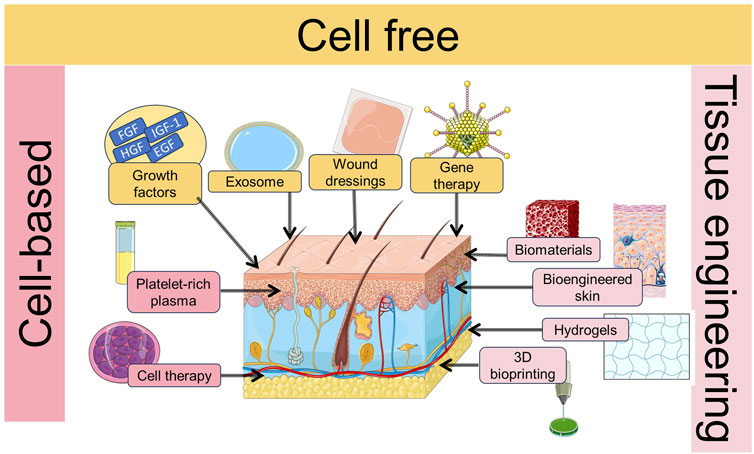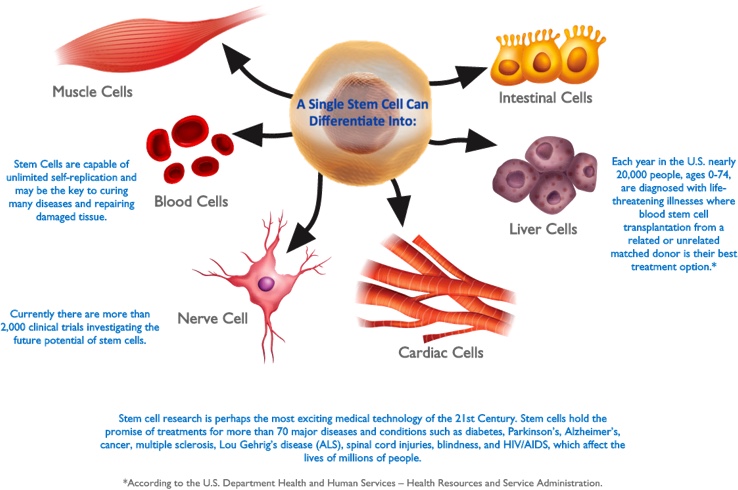Table of Contents

[/image][=video]
[/video]
There are several sorts of stem cells. As a whole, the term stem cell describes a category of cells that give surge to other cells (like skin, blood, heart, and muscle mass cells) by duplicating and differentiating in action to chemical signs. Totipotent stem cells show up at the earliest stage of growth and are the only stem cells which can create beginning stem cells and the placenta.
Bone marrow transplant (BMT) is an unique therapy for clients with particular cancers cells or various other diseases. A bone marrow transplant includes taking cells that are generally discovered in the bone marrow (stem cells), filtering system those cells, and providing back either to the benefactor (person) or to one more person. The goal of BMT is to transfuse healthy bone marrow cells into an individual after his/her own unhealthy bone marrow has actually been treated to kill the uncommon cells.
Bone marrow is the soft, mushy tissue discovered inside bones. It is where the majority of the body's blood cells develop and are saved. The blood cells that make other blood cells are called stem cells. The most primitive of the stem cells is called the pluripotent stem cell. This is different than other blood cells with regard to the following residential or commercial properties: It is able to replicate an additional cell similar to itself.
It is the stem cells that are needed in bone marrow transplant. The goal of a bone marrow transplant is to heal lots of conditions and sorts of cancer cells. When the dosages of radiation treatment or radiation needed to cure a cancer cells are so high that a person's bone marrow stem cells will be permanently damaged or ruined by the therapy, a bone marrow transplant might be needed.
Menopause Therapy around Roseville
This process is frequently called rescue. Change bone marrow with genetically healthy functioning bone marrow to avoid more damage from a hereditary condition process (such as Hurler's disorder and adrenoleukodystrophy). The risks and benefits should be weighed in a comprehensive conversation with your doctor and professionals in bone marrow transplants prior to the procedure.
There are different types of bone marrow transplants depending on who the contributor is. The various kinds of BMT include the following: The contributor is the client himself or herself. Stem cells are taken from the patient either by bone marrow harvest or apheresis (a procedure of accumulating outer blood stem cells), icy, and after that returned to the client after extensive therapy.
The contributor shares the same hereditary kind as the client. Stem cells are taken either by bone marrow harvest or apheresis from a genetically matched donor, typically a sibling or sibling. Other benefactors for allogeneic bone marrow transplants may include the following: A haploid-identical match is when the contributor is a parent and the genetic match is at the very least half identical to the recipient.

Matching entails typing human leukocyte antigen (HLA) tissue. The antigens externally of these unique leukocyte establish the genetic makeup of an individual's immune system. There go to the very least 100 HLA antigens; however, it is thought that there are a few significant antigens that determine whether a benefactor and recipient suit.
Clinical research study is still exploring the function all antigens play in the process of a bone marrow transplant. The even more antigens that match, the much better the engraftment of contributed marrow. Engraftment of the stem cells takes place when the contributed cells make their method to the marrow and start making new blood cells.
Stem Cell Therapy local to Roseville, Michigan
All individuals function with each other to provide the ideal opportunity for a successful transplant. The group consists of the following: Doctor that specialize in oncology, hematology, immunology, and bone marrow transplant. A registered nurse who organizes all elements of care given before and after the transplant. The nurse coordinator will certainly give person education, and collaborates the diagnostic testing and follow-up care.
Specialists that will certainly aid you satisfy your dietary demands before and after the transplant. A number of various other group participants will certainly review you prior to transplant and will provide follow-up treatment as required.

A complete case history and physical examination are done, including multiple tests to evaluate the patient's blood and body organ features (for example, heart, kidney, liver, and lungs). A patient will usually come right into the transplant facility as much as 10 days prior to transplant for hydration, assessment, positioning of the central venous line, and other preparations.
For an allogeneic transplant, an appropriate (tissue entered and matched) benefactor has to be readily available. Voluntary marrow benefactors are signed up in a number of national and worldwide windows registries.
Benefactor resources offered include: self, sibling, moms and dad or family member, nonrelated person, or umbilical cord from an associated or nonrelated individual. There are national and worldwide registries for nonrelated individuals and cord blood. Some member of the family might be keyed in due to the fact that of the need to help. These loved ones may or might not elect to have their type signed up for usage with other receivers.
Medical Group local to Roseville, Michigan
Examinations associated with his or her wellness, direct exposure to infections, and genetic analysis will certainly be done to identify the extent of the suit. The contributor will certainly be offered instructions on exactly how a bone marrow donation will be made. Once a suit for an individual requiring a bone marrow transplant is found, then stem cells will be accumulated either by a bone marrow harvest.
Or by a peripheral blood stem cell collection. This is where stem cells are accumulated from the circulating cells in the blood.
Navigation
Latest Posts
Menopause Therapy servicing Roseville, Michigan
Menopause Therapy in Roseville
Stem Cell Therapy